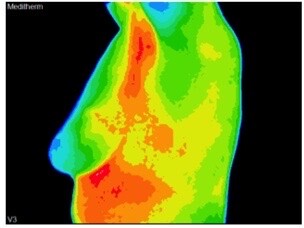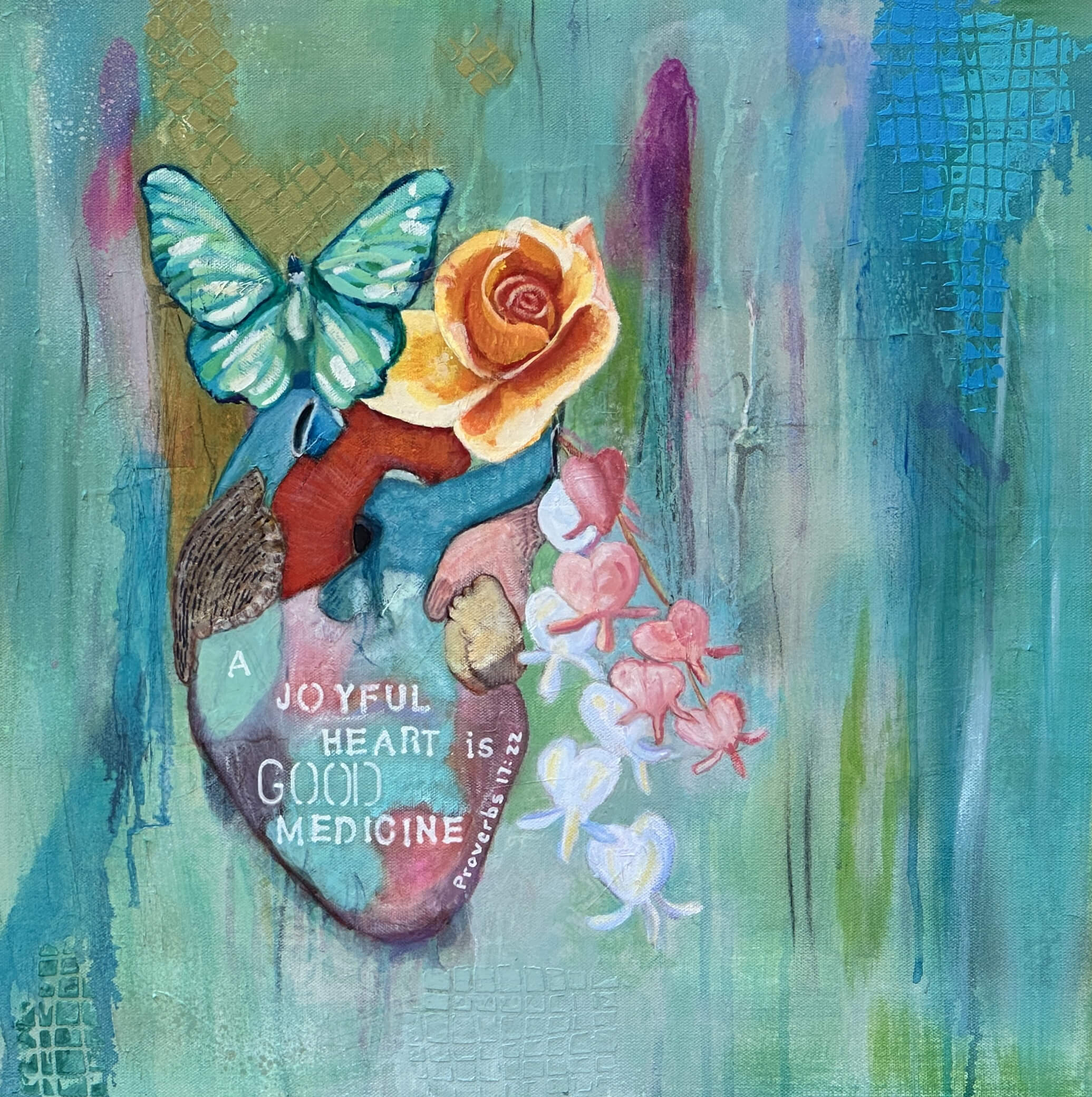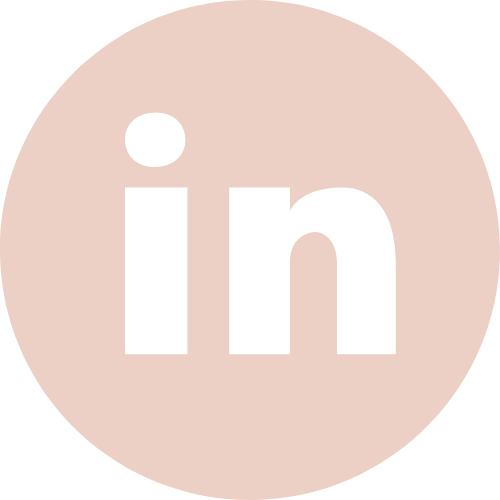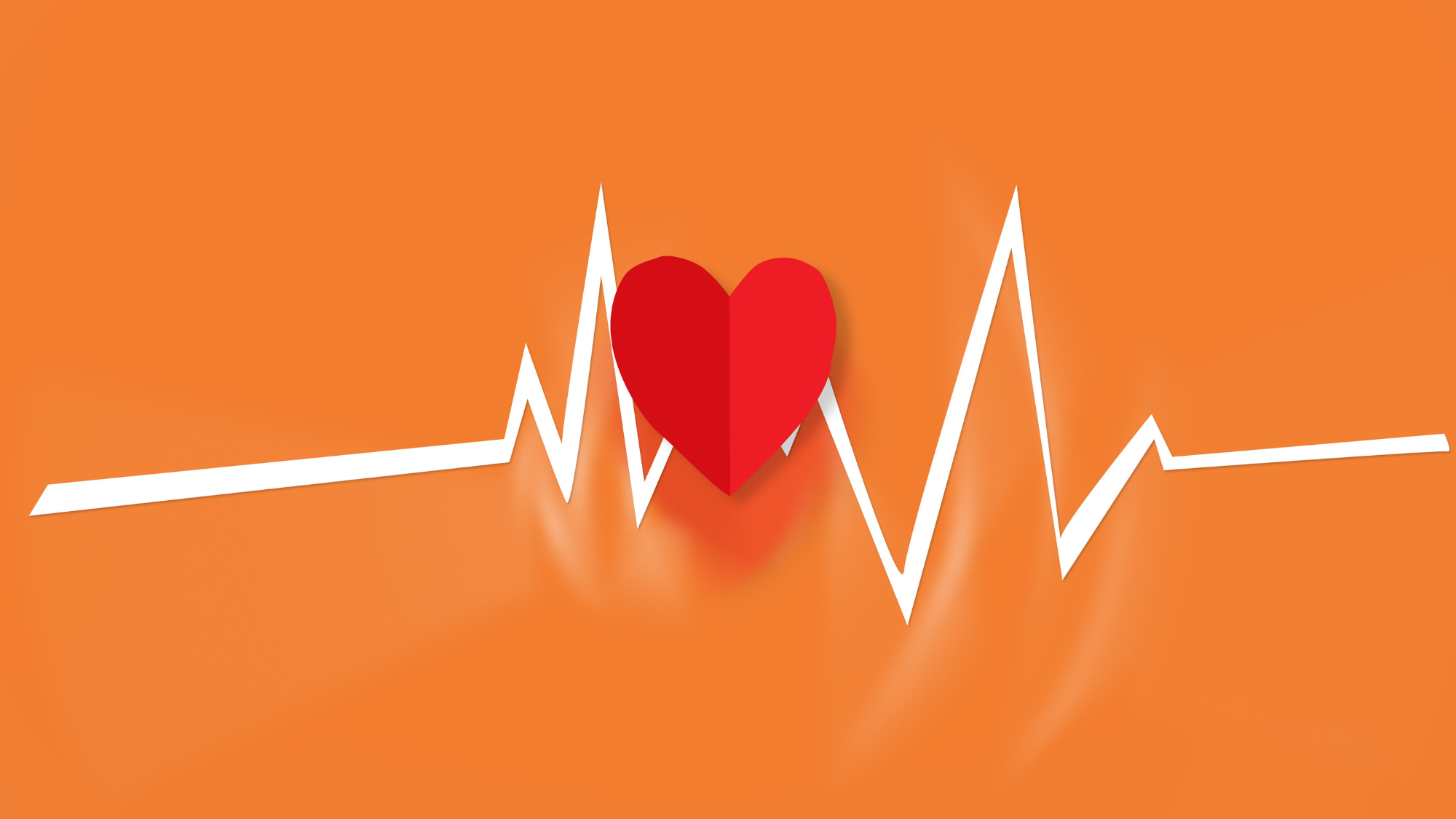
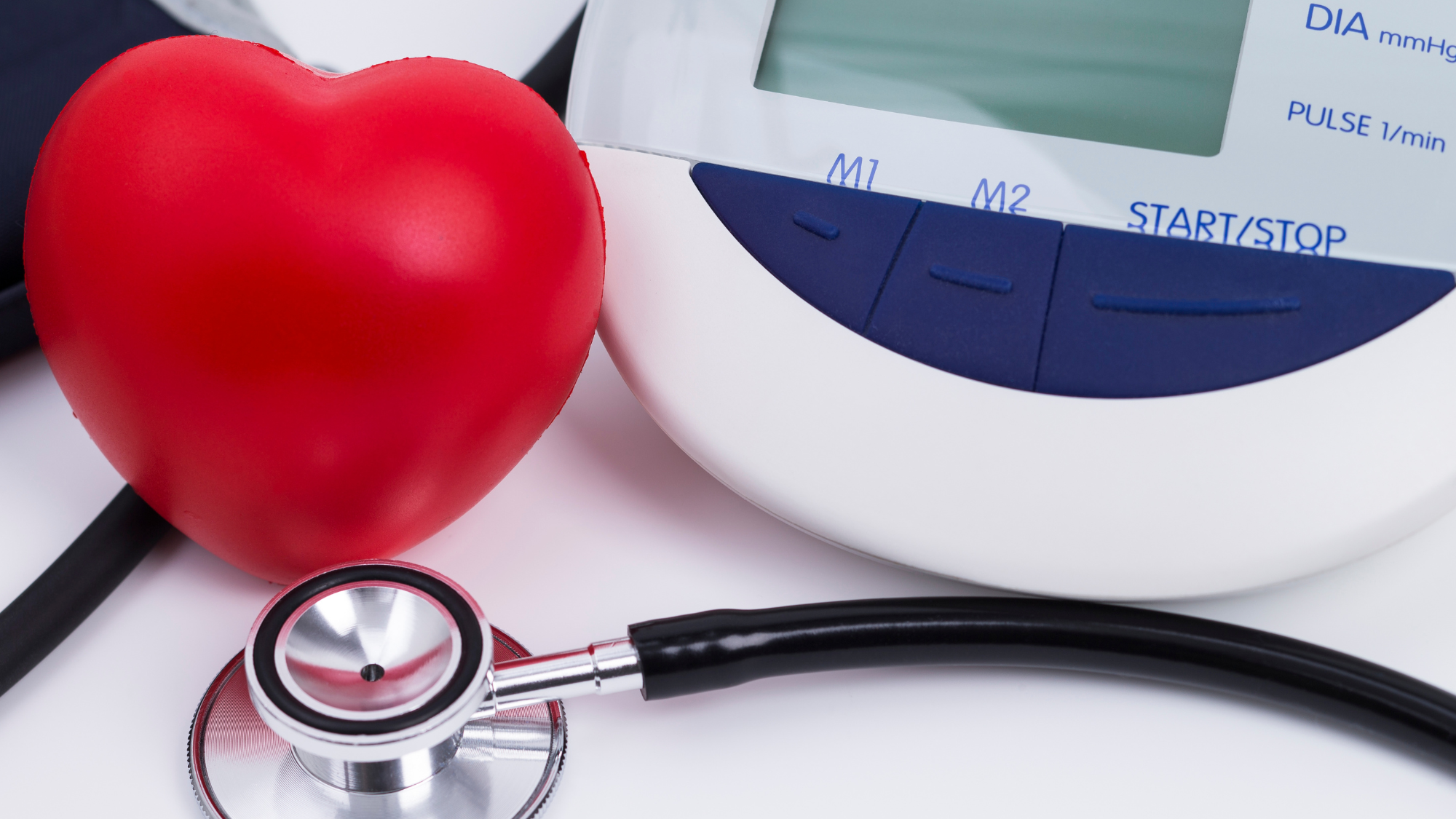
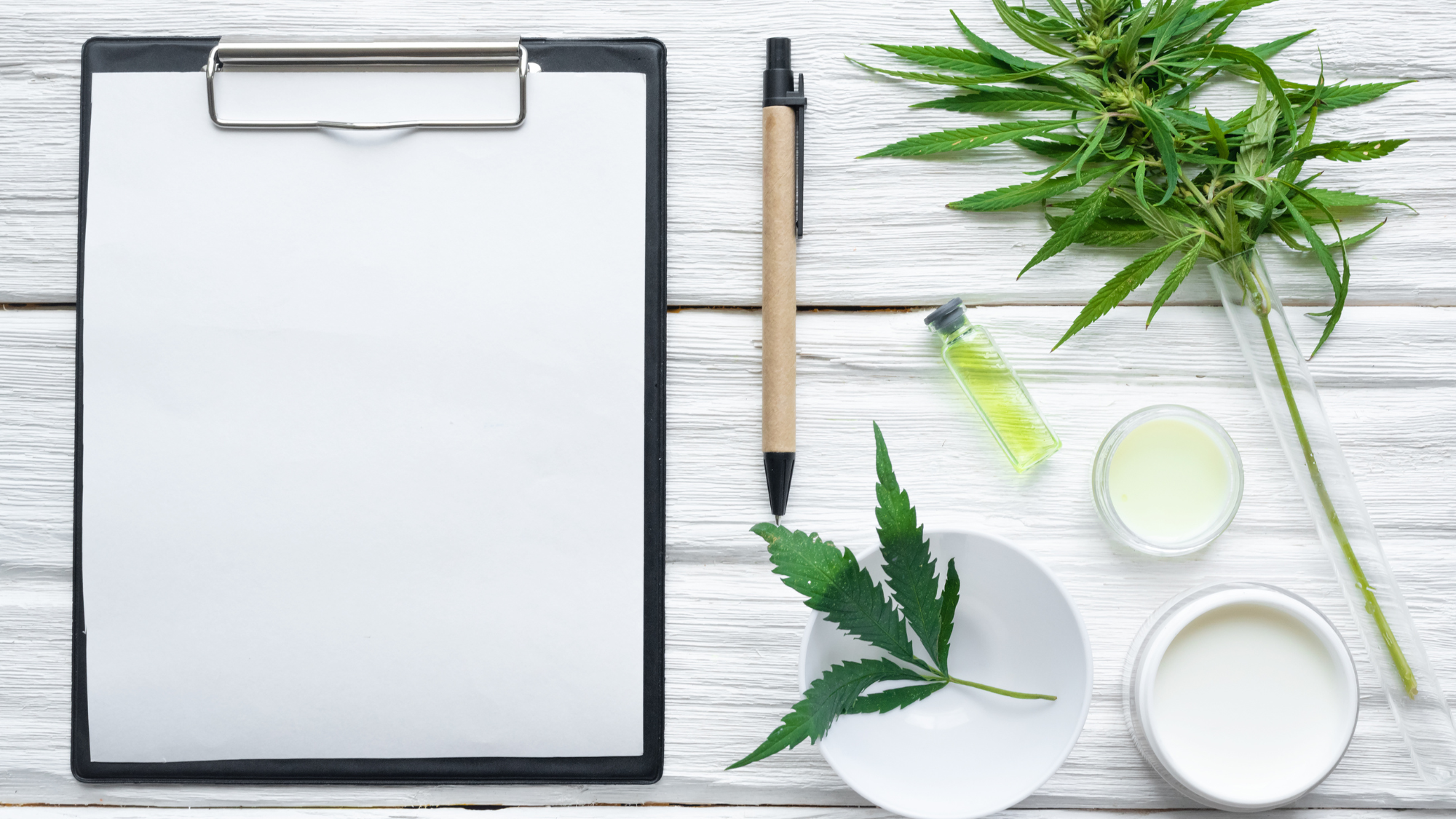
- If you have heavy use, you may have an increase of blood pressure but it should resolve after use has been discontinued.
- If you have very light use of medicinal cannabis or CBD, you may have transient elevations of blood pressure. I
- f you don’t use cannabis medically but more recreationally and your use is heavy, you may have an initial increase in blood pressure but as you become accustomed to using the plant, you will have a reversal of the elevated pressure by experiencing low blood pressure - hypotension.
- Of course, if your blood pressure stays elevated, stopping cannabis, getting an appointment with your provider for a work up is indicated.

What is CBD?
How Does it Work in the Body? 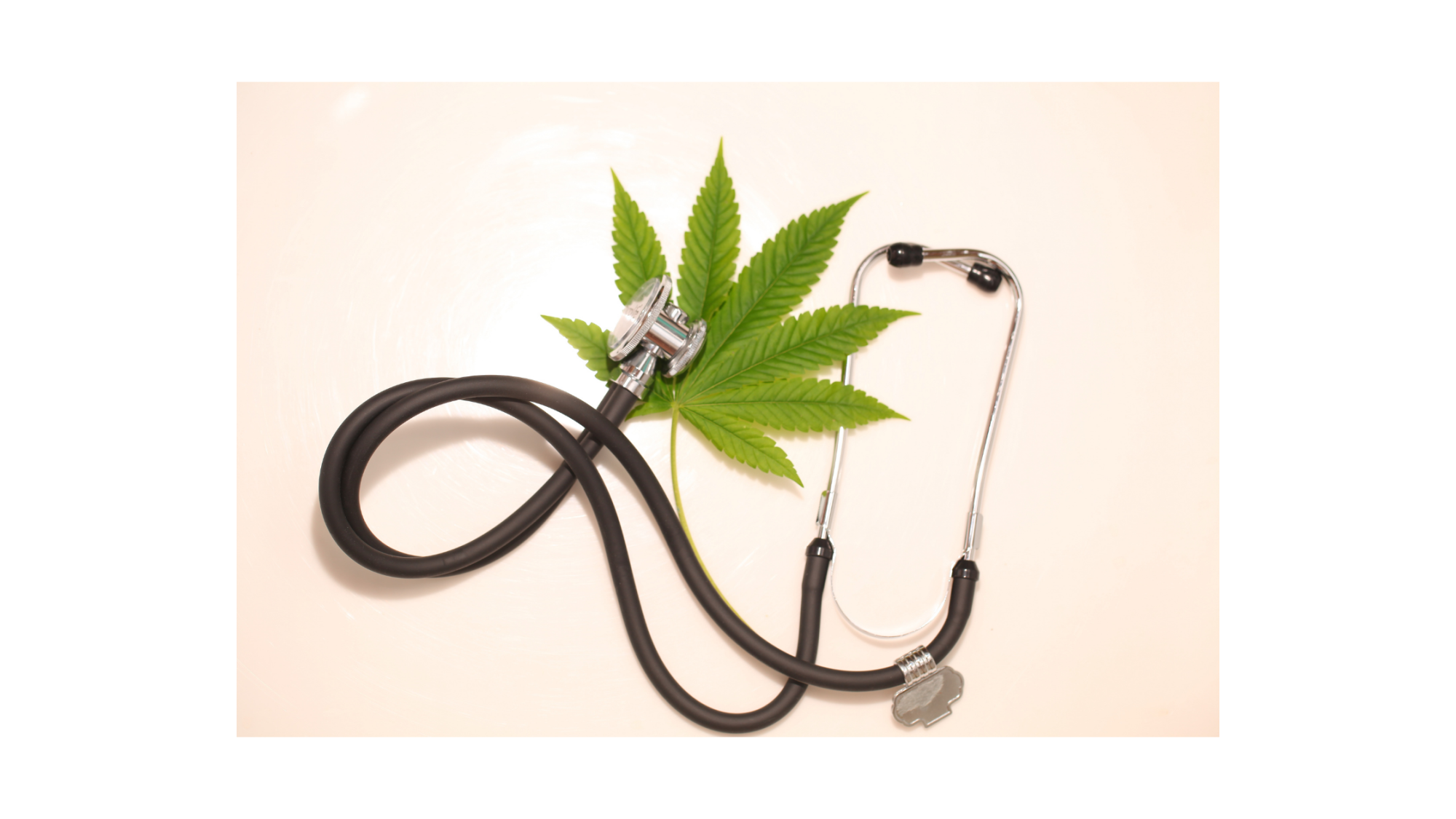
 Anxiety: Because of the endocannabinoid receptors known as CB1 receptors that are abundant in the brain, the theory is that the serotonin neurotransmitter is involved in this pathway. You can use a dry herb vaporizer to inhale CBD flower for a fast result or use a quality, lab tested oil or tincture. I have a couple of companies I love that are quality pure products and have transparent lab testing.
Anxiety: Because of the endocannabinoid receptors known as CB1 receptors that are abundant in the brain, the theory is that the serotonin neurotransmitter is involved in this pathway. You can use a dry herb vaporizer to inhale CBD flower for a fast result or use a quality, lab tested oil or tincture. I have a couple of companies I love that are quality pure products and have transparent lab testing.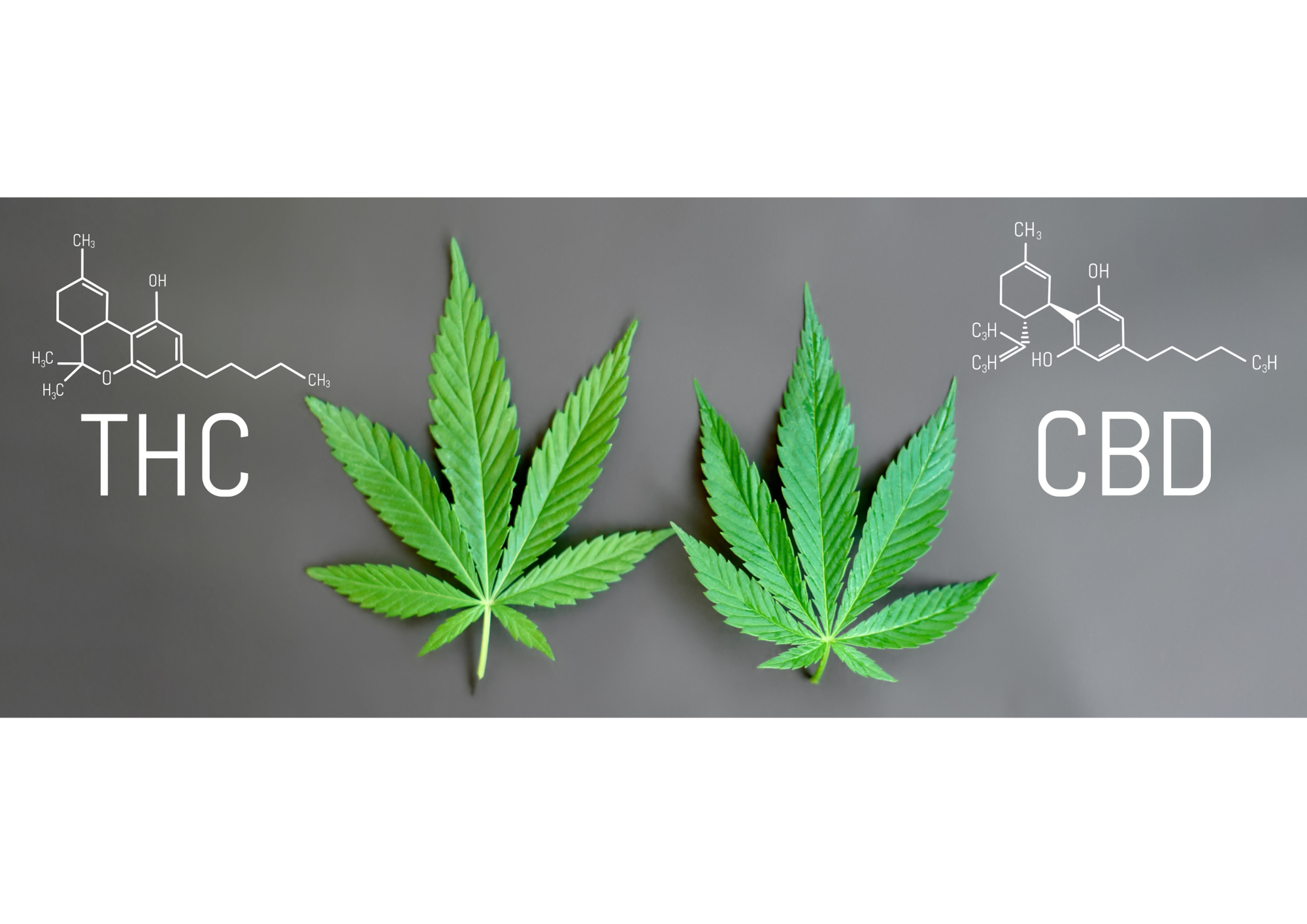 Where does CBD really come from?
Where does CBD really come from?

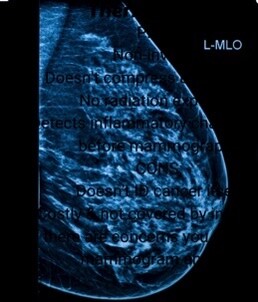 My Story
My StoryWhen I was 32, my provider demanded I get a baseline mammogram due to my Mom’s history. The girl that did the test at the hospital, Linda, (I don't fondly remember her name) pressed the plates together against my breast so hard that there was an audible “pop” followed by a dark green discharge that came out of the nipple. I was also bruised all around the breast. That experience pretty much created a deep fear in me to ever get another mammogram. I avoided it for years after the recommended age for screening had passed.
Finally, (I don’t remember my age), I came to my senses and scheduled another mammogram. This time there was a dedicated breast center and the experience was much more tolerable. I am a terrible patient, so I let the yearly screening come and go and was not good at being diligent with that. Besides, my mammograms were usually normal. A couple of times, there were some “calcifications” that looked suspicious so they would call me back in for a diagnostic mammogram to look further.
In 2015, I was supposed to get my screening mammogram done in January. I already mentioned I am a terrible patient and before I realized it the year was almost gone. I scheduled my test on my birthday in November. I figured that would be an easy way to remember to get this done every year. I got a call the next day that I had a suspicious lesion that was likely cancer. WHAT????? Yep, ER/PR+ HER2- 1 cm DCIS tumor. I had a breast MRI to make sure there were no abnormal findings anywhere else in the surrounding musculature or bones. It was all normal. I had a lumpectomy and they removed 4 lymph nodes. Once the surgical site healed, I had 33 radiation treatments. It was a scary process but I am, at the time of this writing, cancer free.
I had decided this last year I would look into thermography to see if there were any inflammatory changes going on. They did a baseline test and 3 months later repeated that and everything was normal.
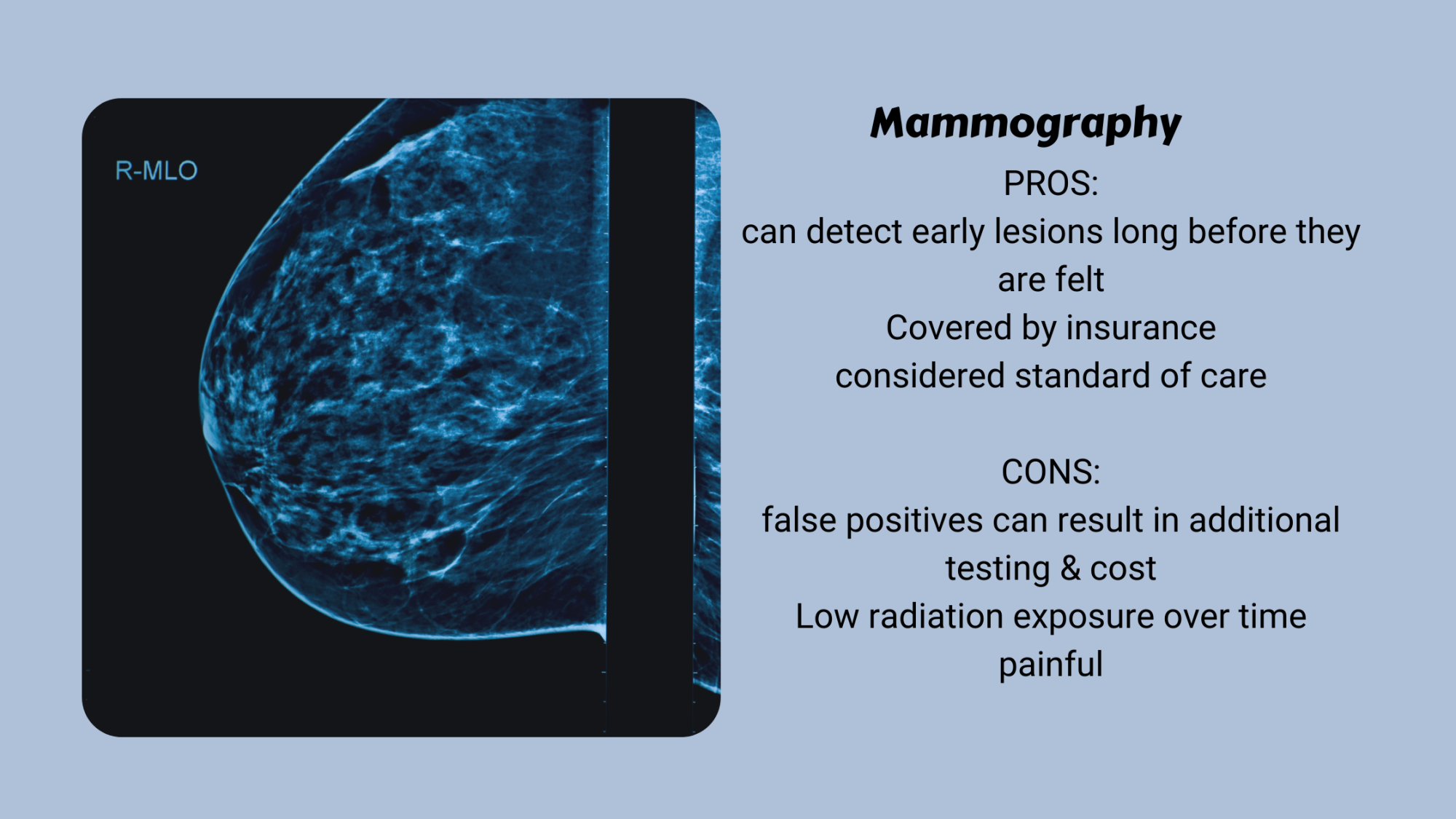 Here’s what I know about options for breast imaging.
Here’s what I know about options for breast imaging. Mammography is standard of care. It is a form of xray that examines breast tissue and identifies abnormalities that could be cancer. It can also detect possible abnormalities that need further imaging as in the case of calcifications. This can cause anxiety and is more costly. Mammograms are recommended starting at age 50. The starting age used to be 40 but the guidelines have changed unless you have a first degree relative with a history of breast cancer. The guidelines also state the screening can be done every 2 years. This is a discussion you should have with your provider.
Drawbacks of mammogram are xray exposure and deep compression of breast tissue and false findings resulting in more imaging.
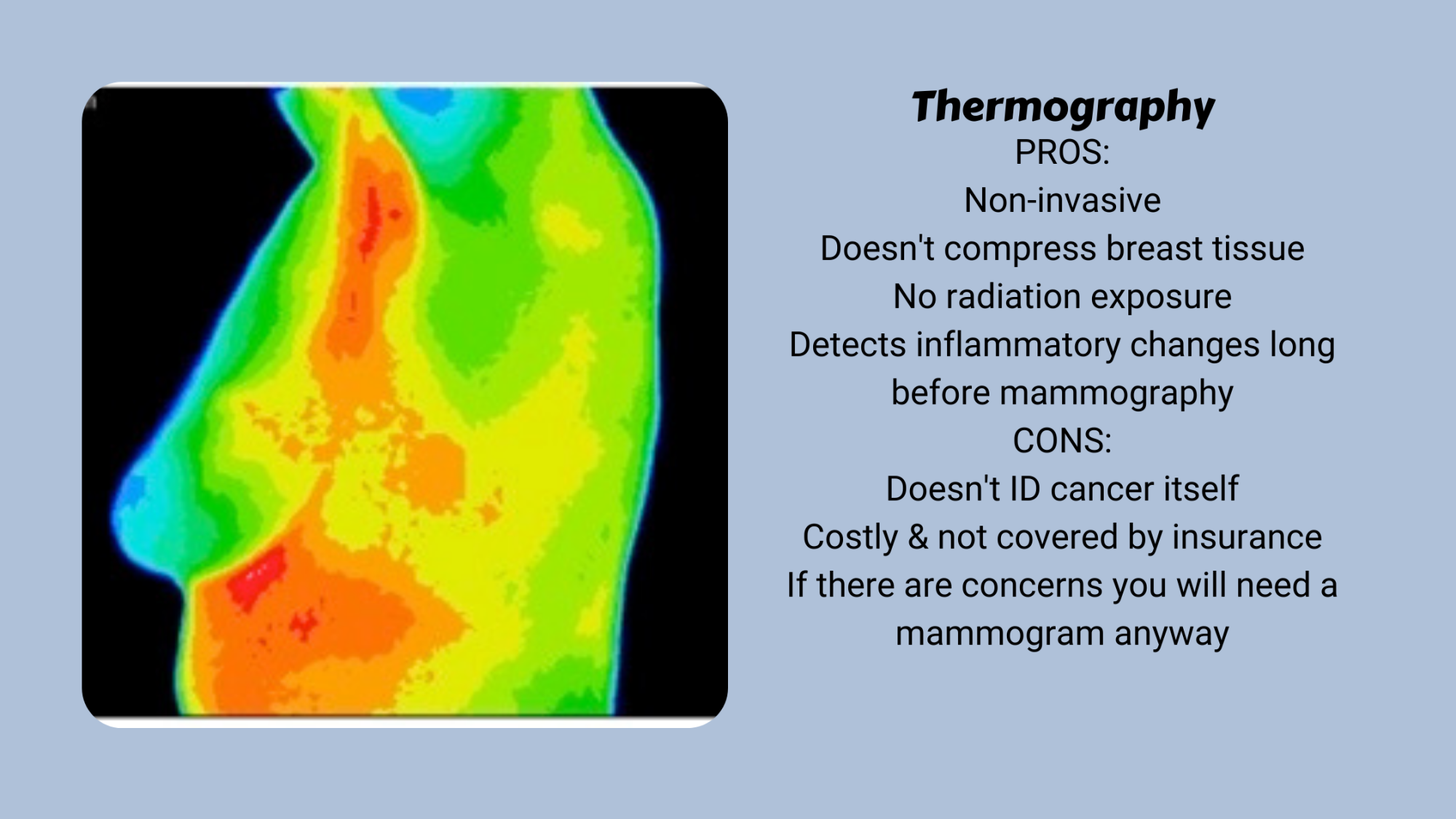
Thermography is another screening tool but is not considered standard of care. It is a form of infrared technology that detects and records temperature changes on the surface of the skin. It is thought that if there are cancer cells then those cells create inflammation which will show up on the imaging as elevated skin temperature. There are some benefits to consider - see the above chart
Thermography is not recommended as a substitute for mammography or breast MRI
Moving forward, I will continue to get mammograms and may continue to alternate that screening with thermography. This last year I did only thermography. This year I will do another mammogram (ugh!!)
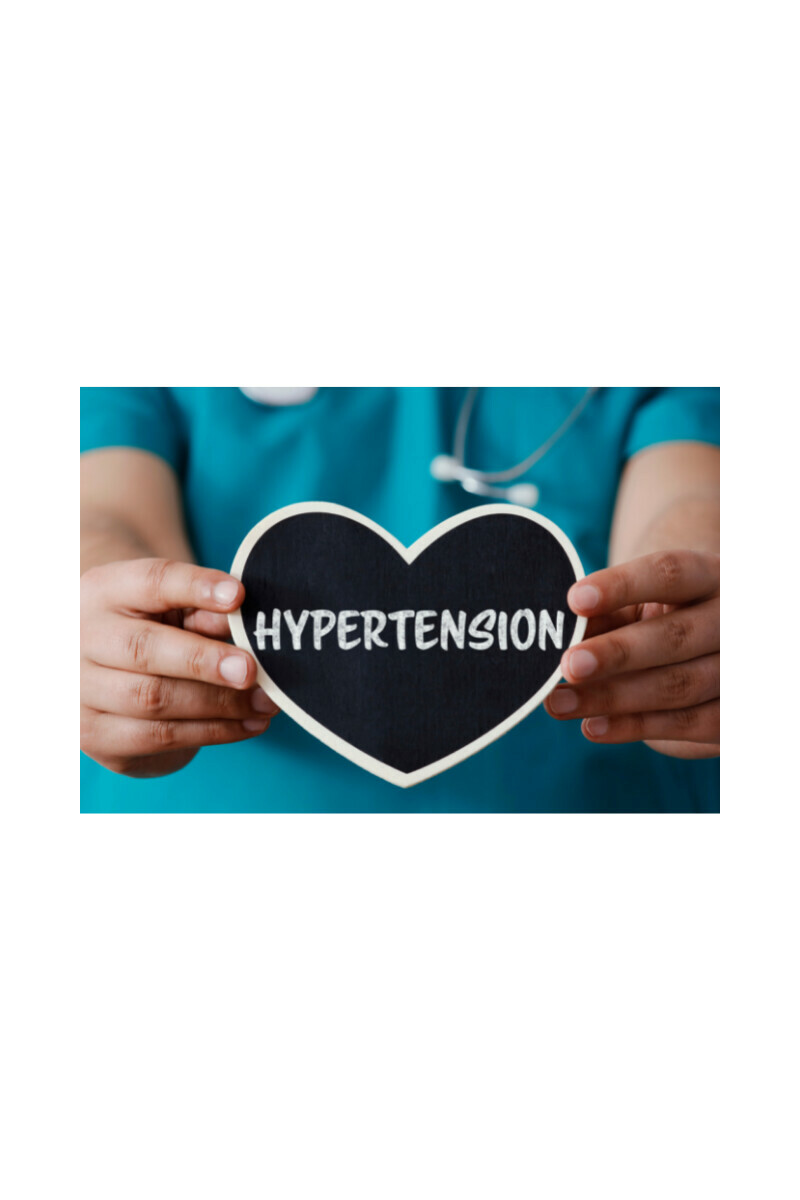
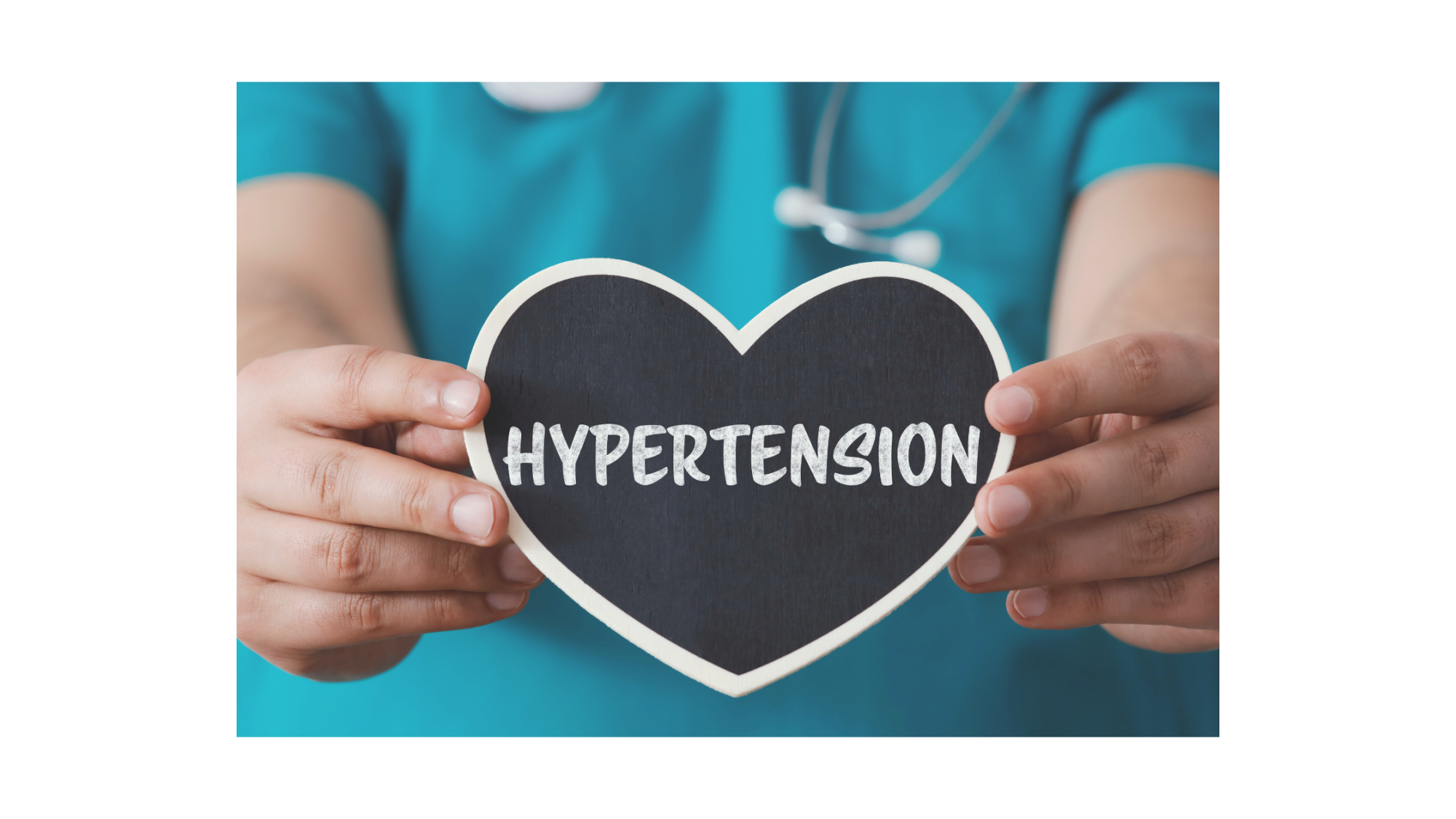 Have you experienced high blood pressure and you are also having signs and symptoms of peri-menopause or you are in menopause? This blog addresses this topic, so check it out!!
Have you experienced high blood pressure and you are also having signs and symptoms of peri-menopause or you are in menopause? This blog addresses this topic, so check it out!!
